An overview of the political and economic history of Athens and Piraeus, Greece.
Vectormap.Net provide you with the most accurate and up-to-date vector maps in Adobe Illustrator, PDF and other formats, designed for editing and printing. Please read the vector map descriptions carefully.
Athens:
- Ancient Athens (5th Century BCE):
- Athens is often referred to as the cradle of Western civilization due to its pivotal role in ancient Greek culture and philosophy. In the 5th century BCE, Athens experienced a golden age under the leadership of statesman Pericles. This period saw the flourishing of democracy, arts, literature, and philosophy, with notable figures like Socrates, Plato, and Aristotle contributing to intellectual advancements.
- Classical Period and Peloponnesian War:
- Athens engaged in the Peloponnesian War (431–404 BCE) against Sparta, its chief rival. Despite its naval strength, Athens eventually suffered defeat, leading to a decline in political and economic power.
- Roman, Byzantine, and Ottoman Periods:
- Athens fell under Roman rule in 146 BCE and later became part of the Byzantine Empire. The city faced various invasions and changes of rulers, including Ottoman occupation from 1458 until the Greek War of Independence in 1821.
- Modern Era:
- After gaining independence, Athens became the capital of the newly formed Kingdom of Greece in 1834. The city underwent significant urban development in the 19th and 20th centuries. The 20th century saw political changes, including periods of dictatorship and democratic governance.
- Contemporary Athens:
- Athens faced economic challenges, particularly during the 2008 global financial crisis. Austerity measures were implemented, leading to social unrest. The city remains a center of politics, culture, and commerce in modern Greece.
Piraeus:
- Ancient and Classical Period:
- Piraeus, the port city of Athens, has ancient origins. It played a crucial role in the naval power of Athens during the Peloponnesian War. The Long Walls, connecting Athens to its port at Piraeus, were built to protect the city’s maritime interests.
- Roman and Byzantine Periods:
- Piraeus continued to be significant during Roman and Byzantine rule. However, it suffered damage during various invasions and sackings.
- Ottoman Era:
- Under Ottoman rule, Piraeus lost its importance as a major port. The Ottomans used it primarily for commercial purposes.
- Greek War of Independence:
- During the Greek War of Independence (1821–1829), Piraeus played a role in the naval battles against the Ottoman Empire.
- Modern Era:
- In the 19th century, Piraeus underwent significant development, becoming a major port again. The construction of the Suez Canal in the late 19th century further increased its strategic importance in maritime trade.
- 20th Century:
- Piraeus continued to grow in the 20th century, becoming one of the busiest ports in the Mediterranean. The port played a vital role in Greece’s economic development, especially in the shipping industry.
- Contemporary Piraeus:
- Today, Piraeus remains a key port city, hosting the largest passenger port in Europe and serving as a major hub for commercial shipping.
The histories of Athens and Piraeus are intertwined, reflecting the broader historical narrative of Greece, from ancient glory to modern challenges and achievements. Both cities continue to be integral to Greece’s cultural, political, and economic life.

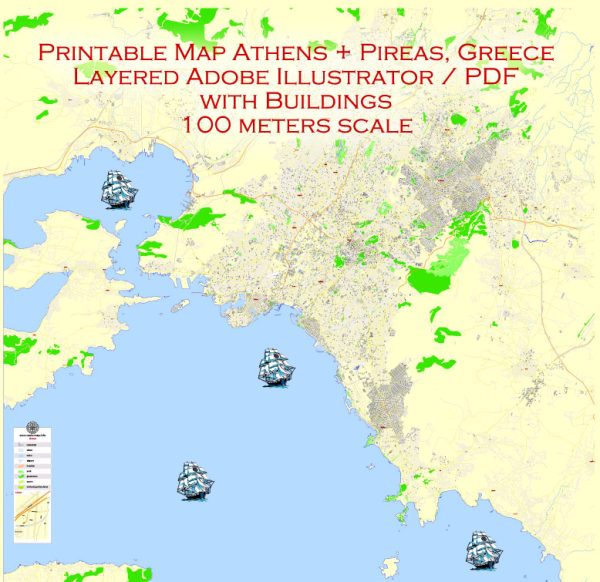
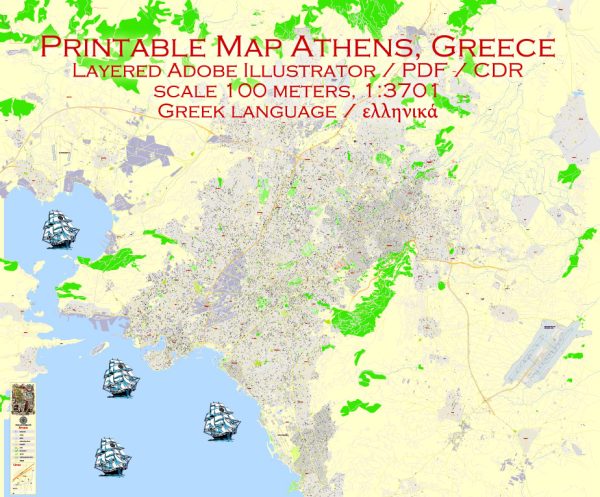
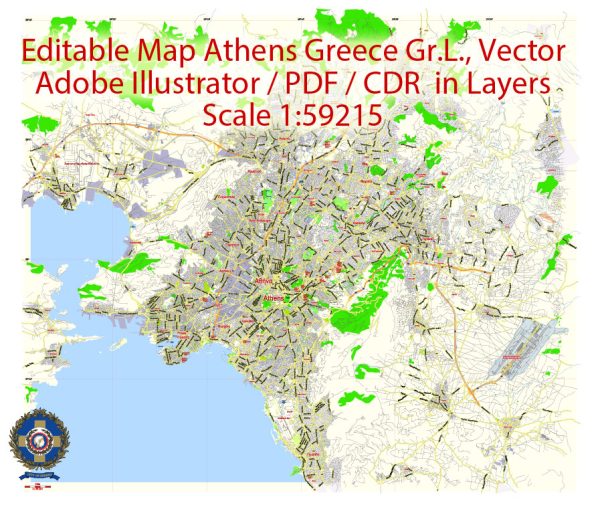
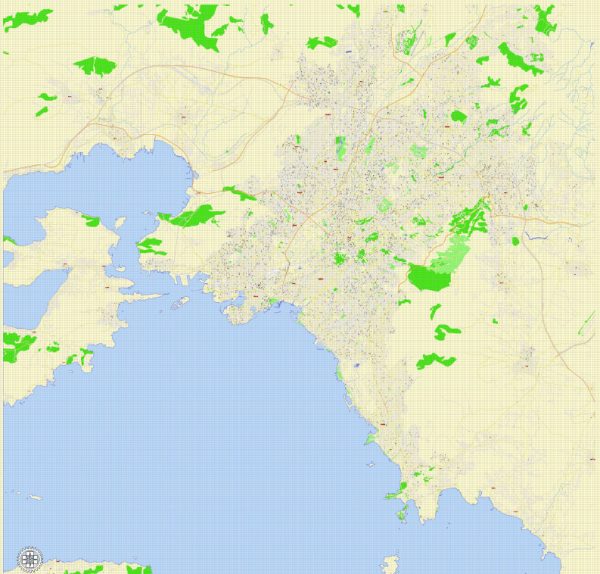
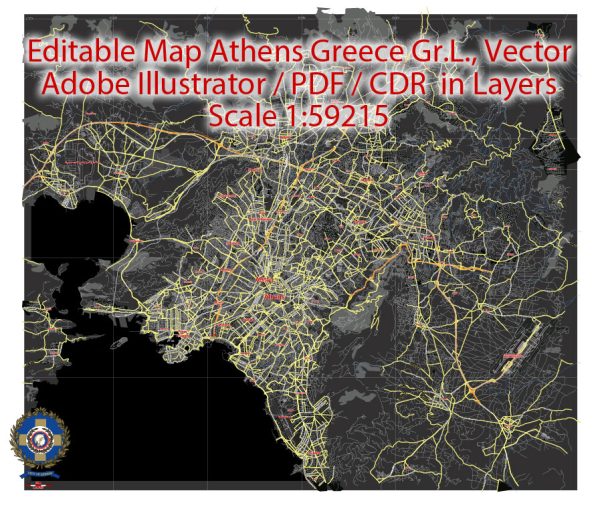
 Author: Kirill Shrayber, Ph.D.
Author: Kirill Shrayber, Ph.D.